
Czarna Chata 2025 single cover
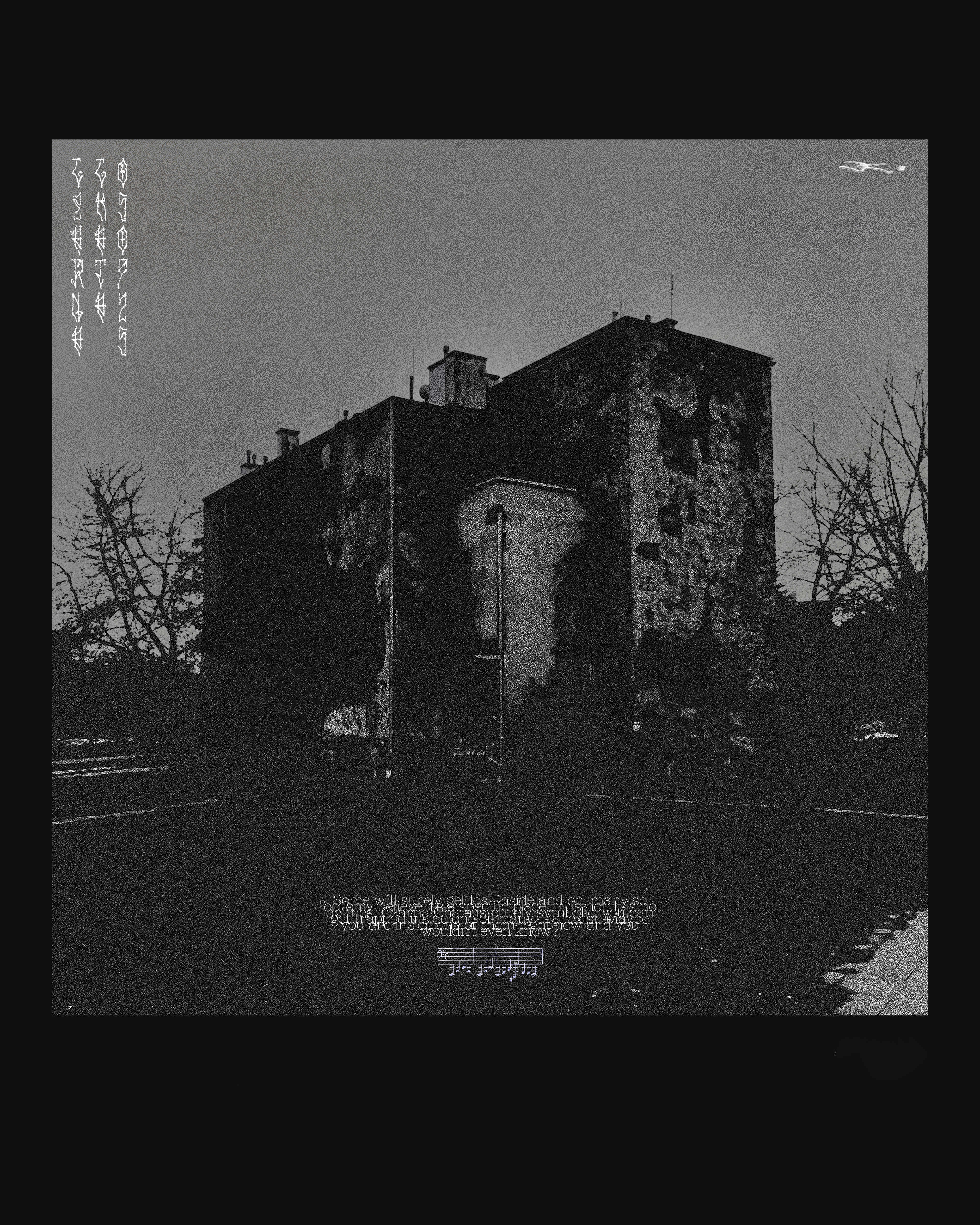
Czarna Chata promo "The Lodge"

Czarna Chata promo "Centralna"

Czarna Chata promo "The campaign"
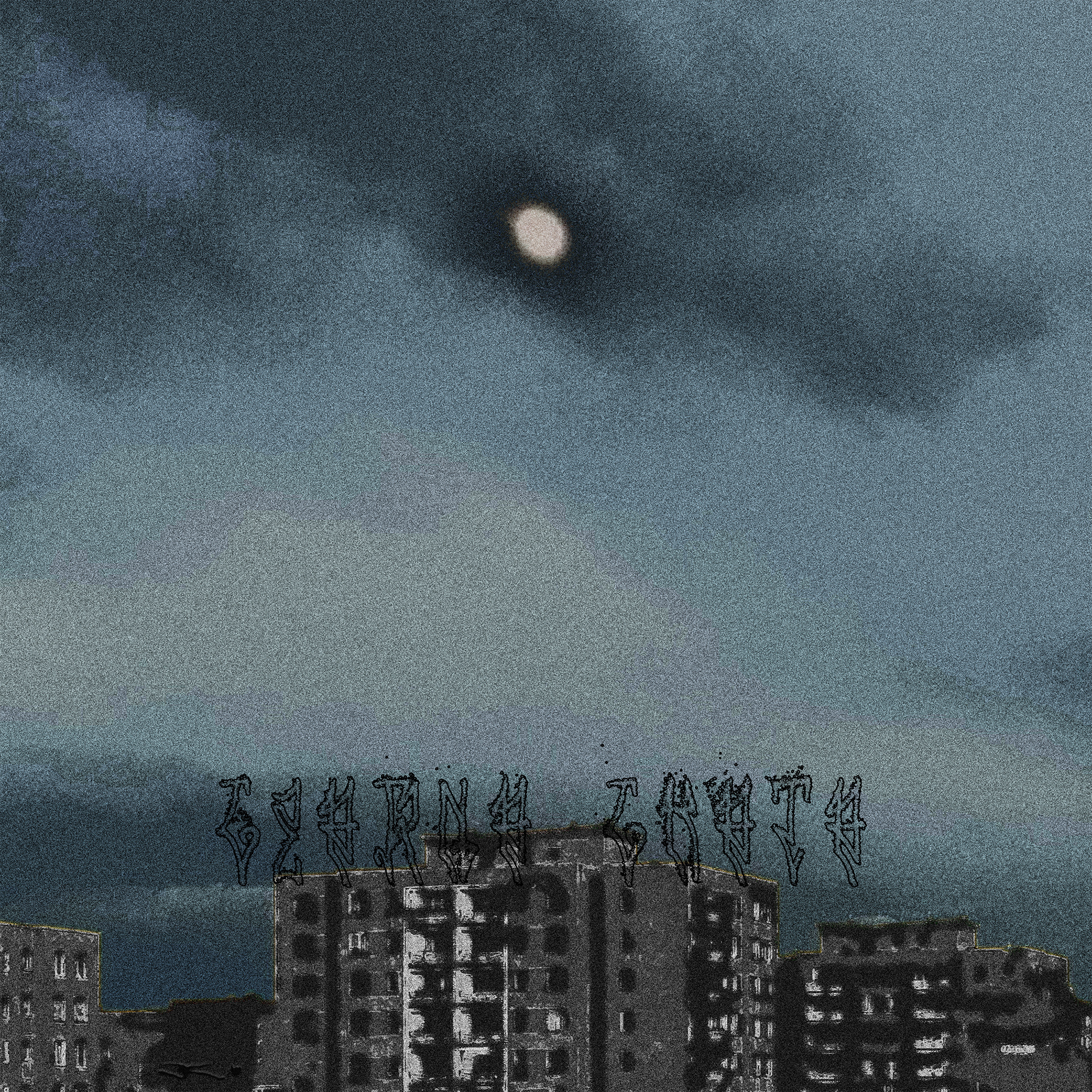
Czarna Chata first version album cover
dia ensolarado em ovar
noite estrelada em ovar
cabeça pensante
a lua de caqui
The Flames claimed me
go beyond
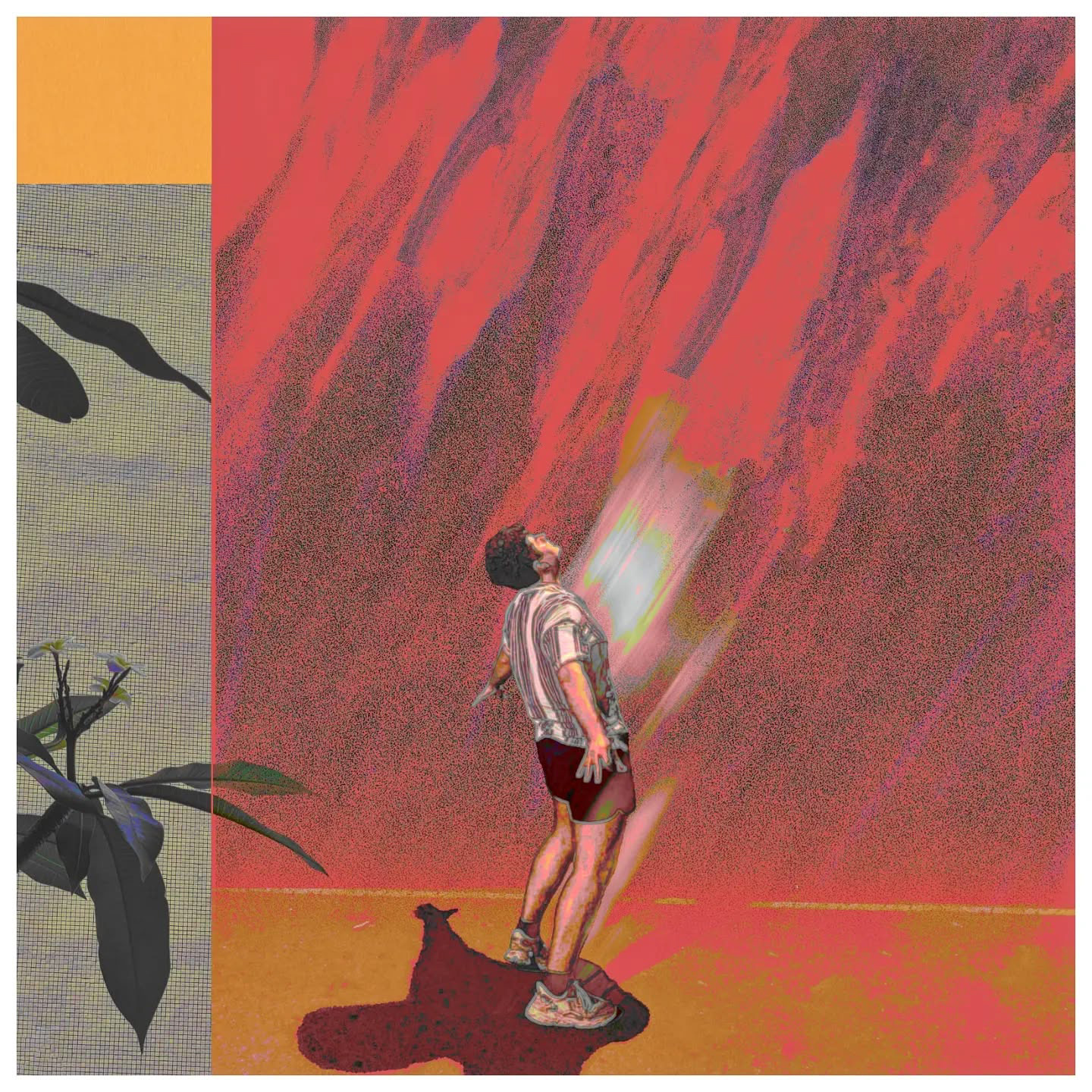
aguarde a liberação I
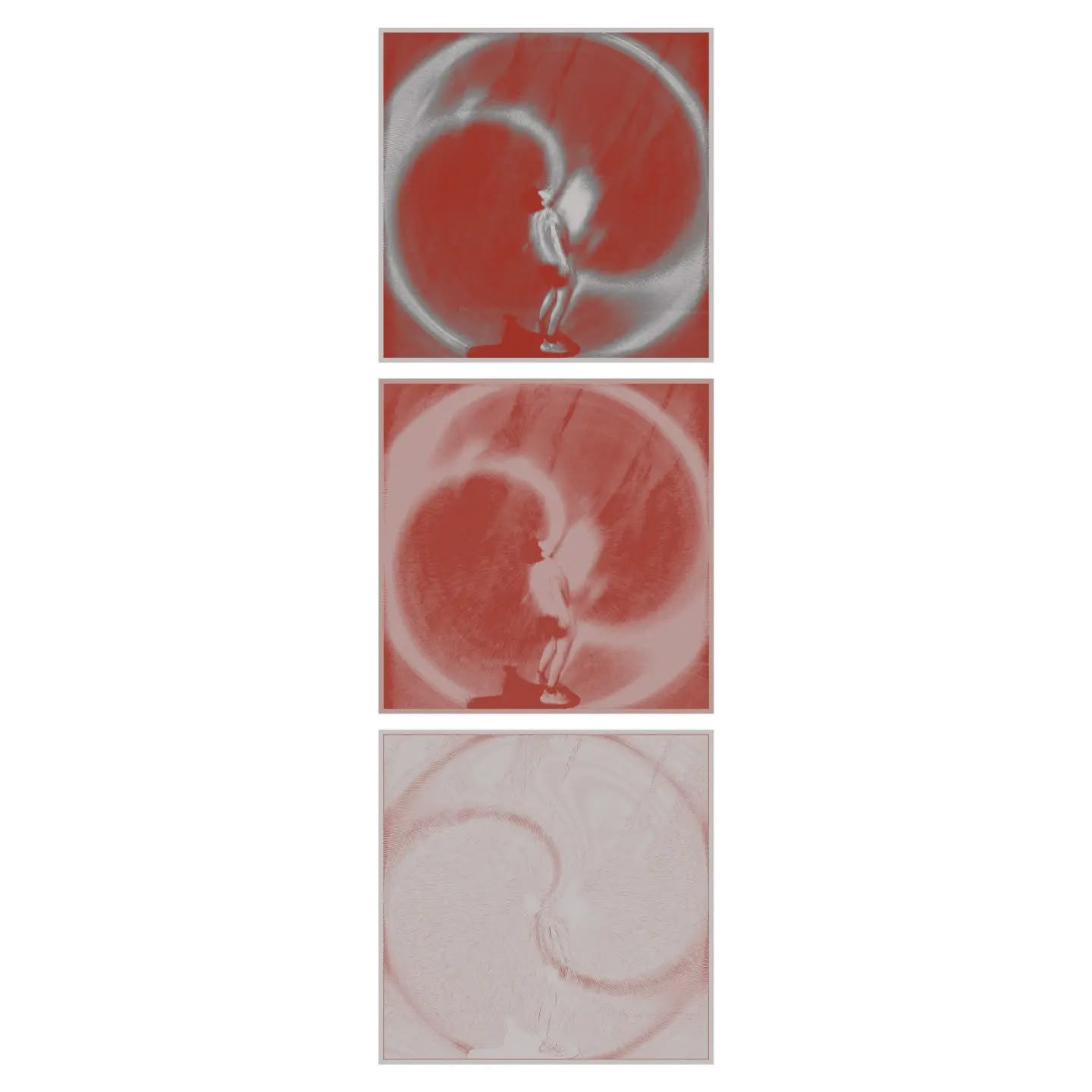
aguarde a liberação II
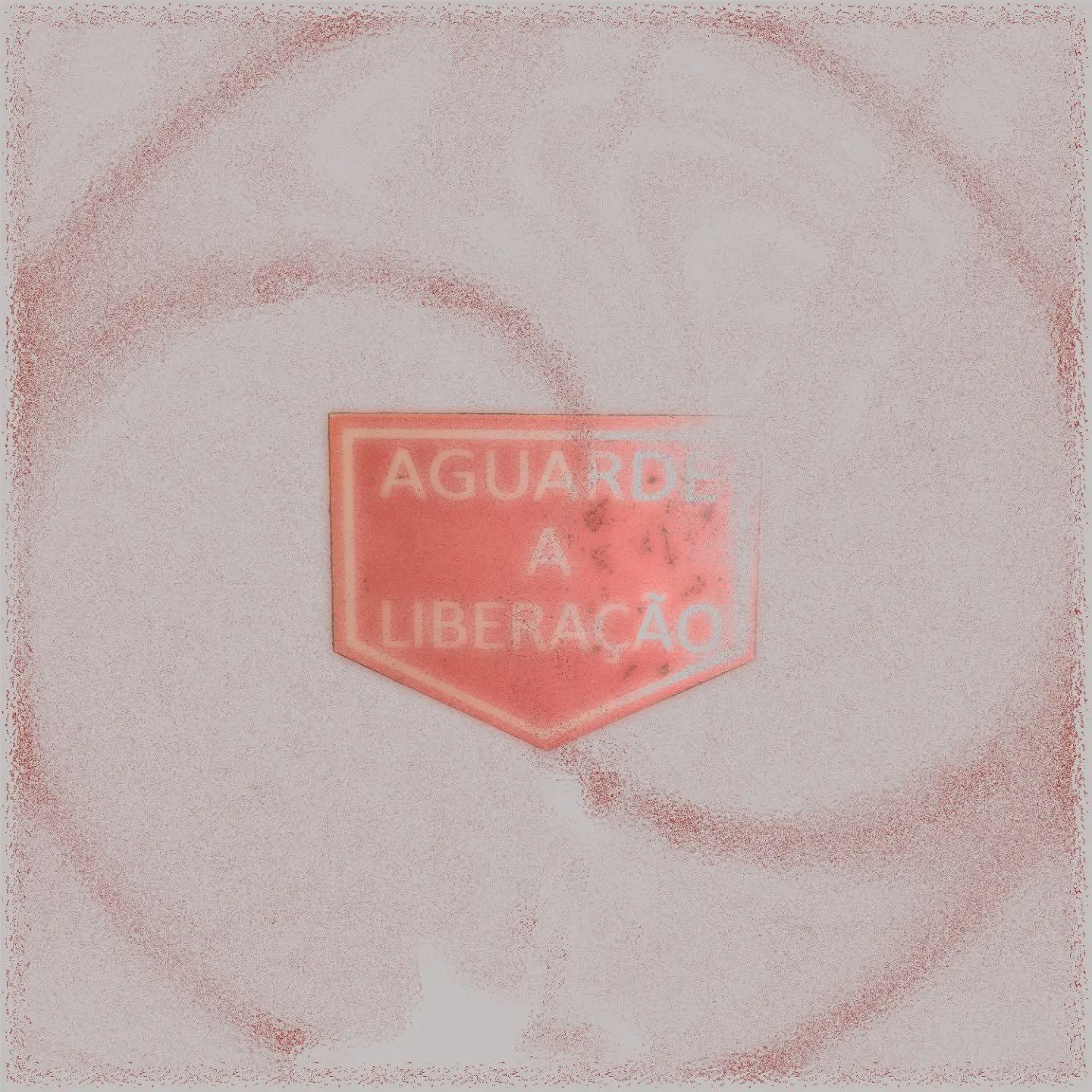
aguarde a liberação III
Musimy być uważni, bo wśród szumu wszechświata kryją się sygnały dla nas
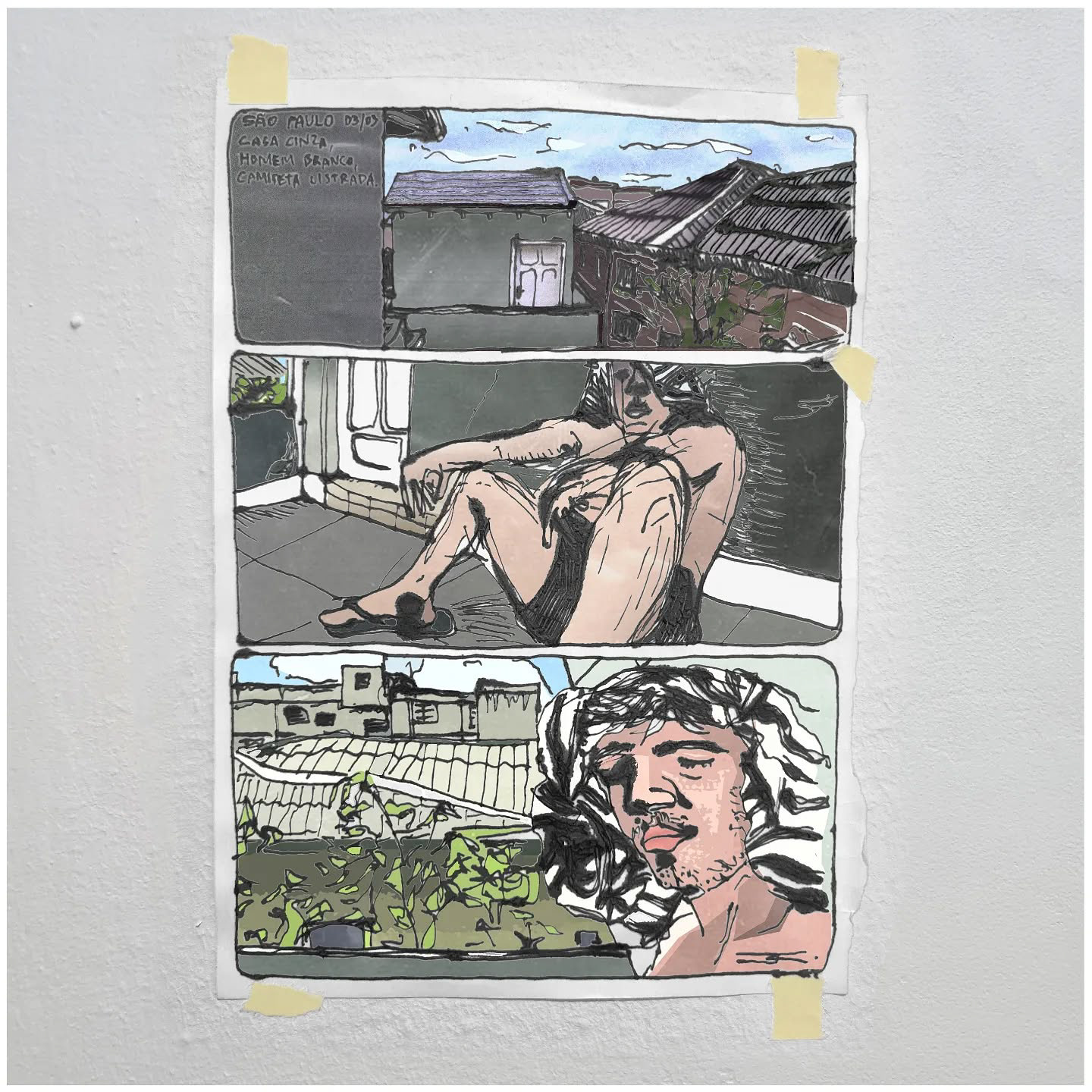
CASA CINZA, HOMEM BRANCO, CAMISETA LISTRADA
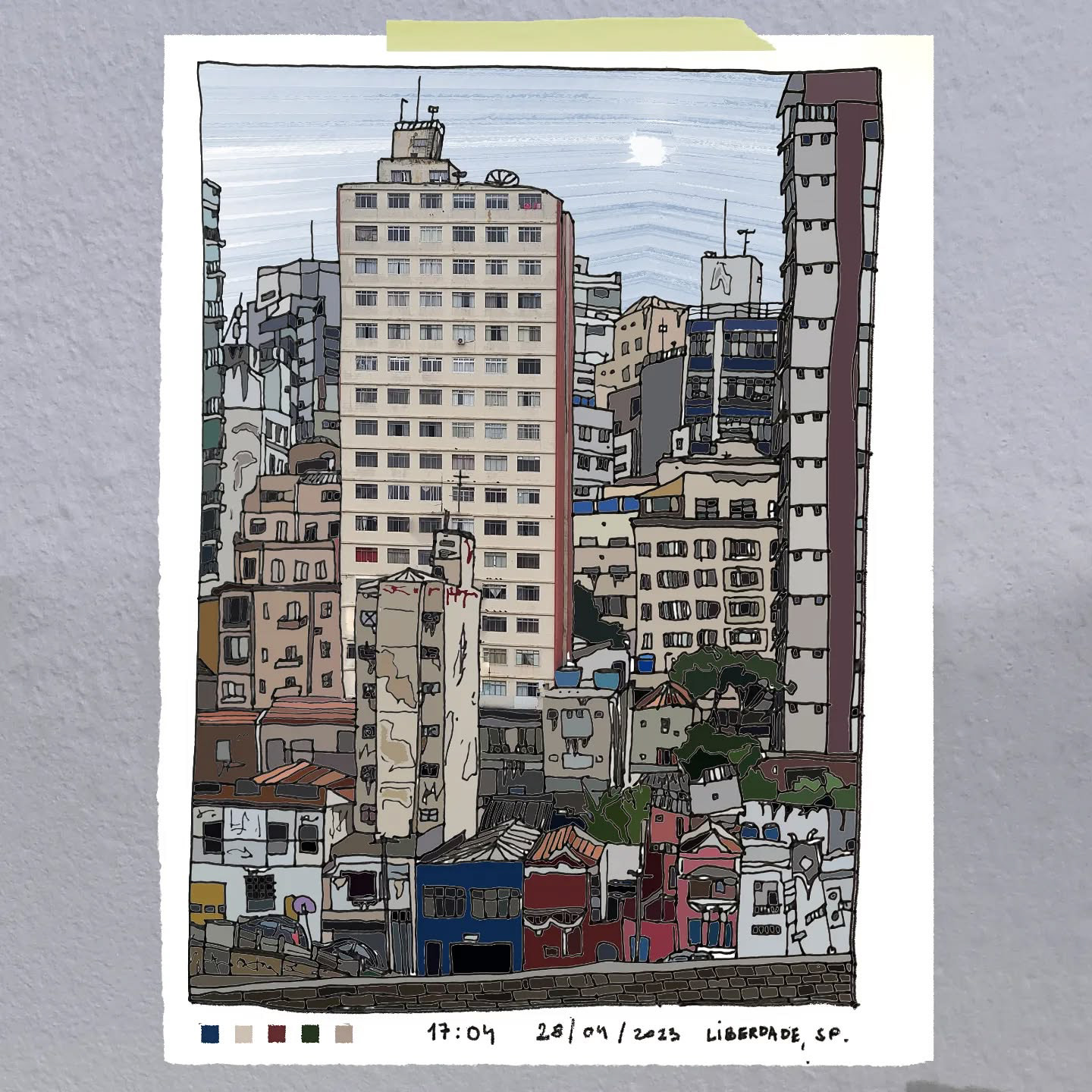
LIBERDADE

MARANDUBA/CENTRO

AQUAMARINE SILVER RING
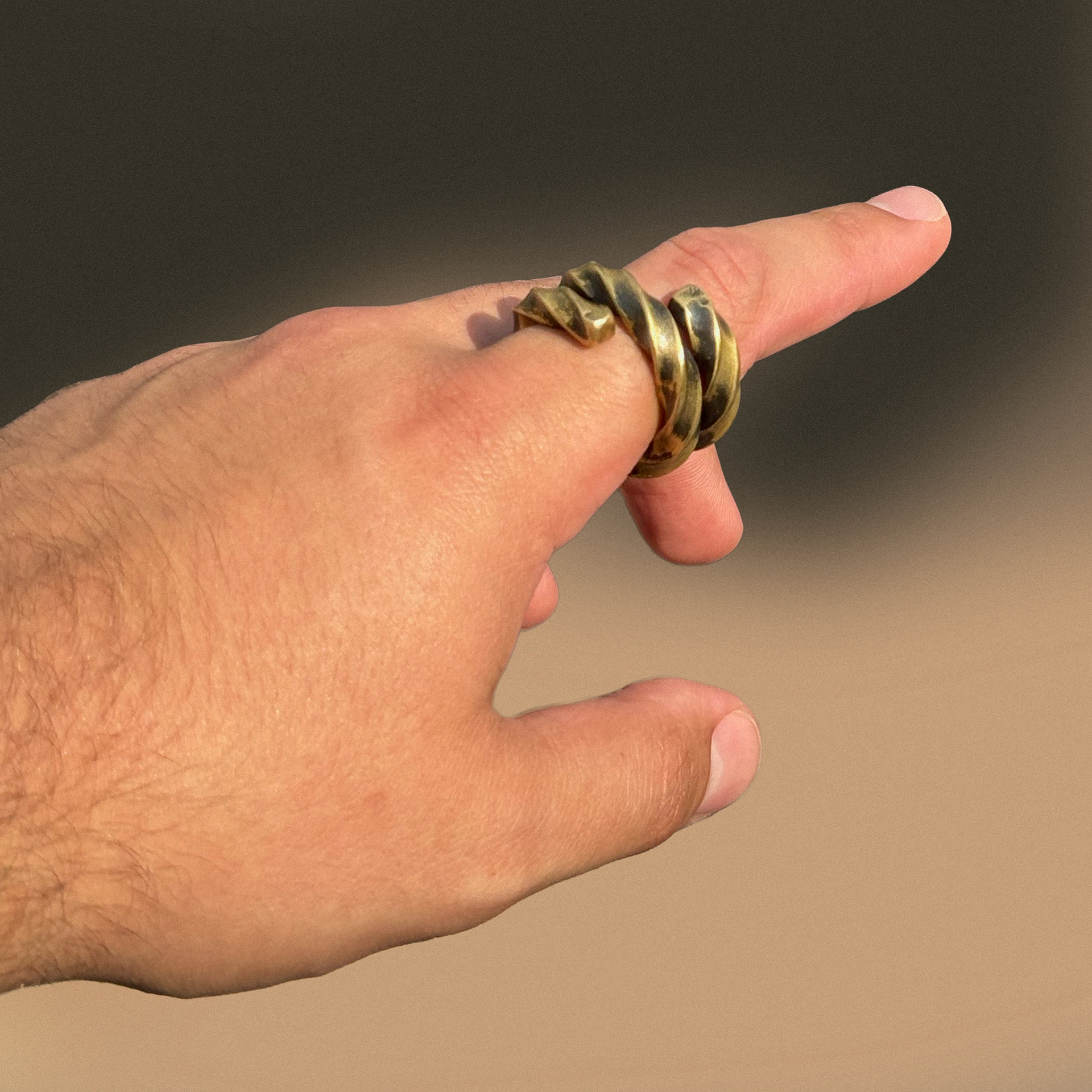
TECELÃO DOS PARALELOS

MAWASHI
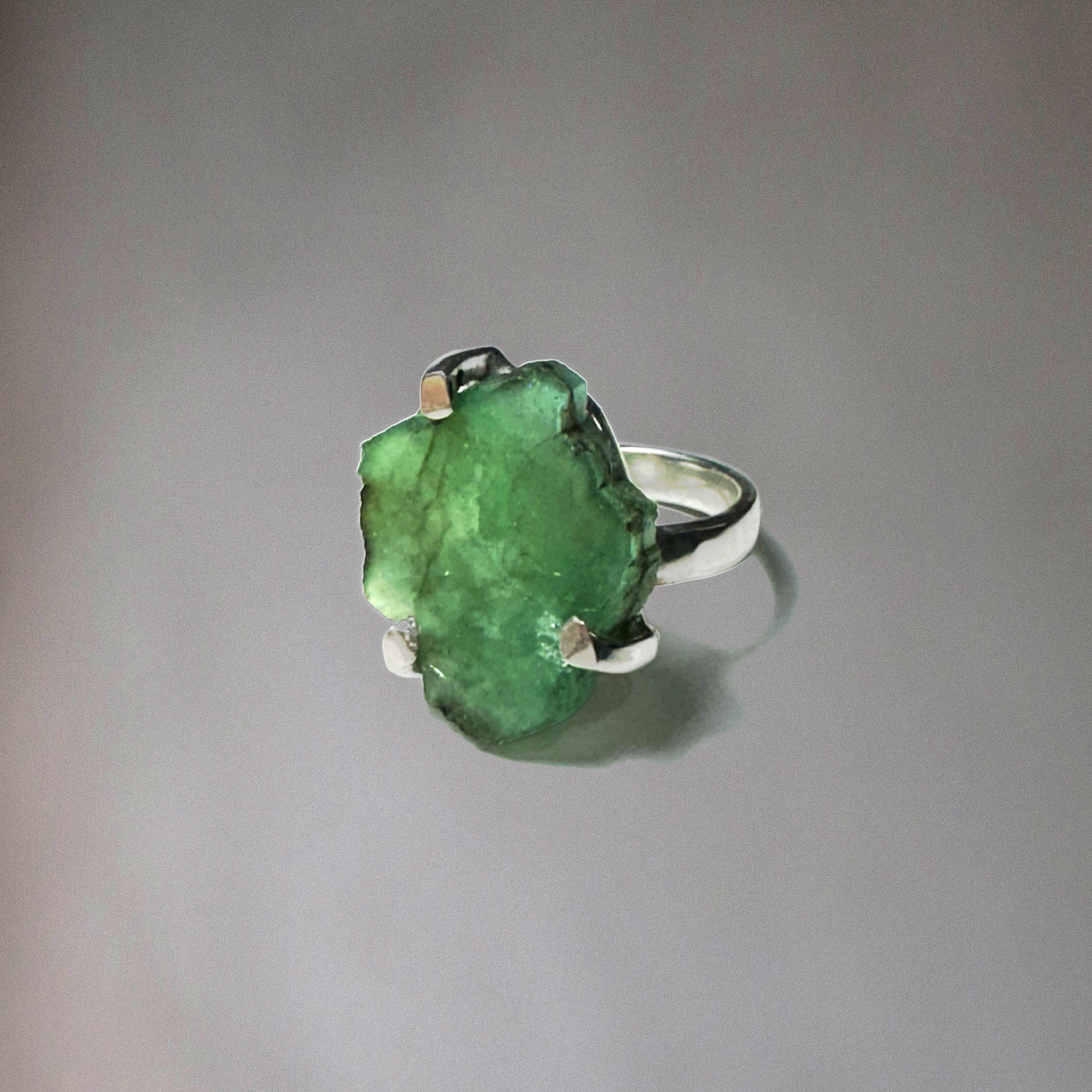
GREEN DREAM

TWIN BRASS BRACELET
E2048 – terraformed moon basE
EUROPA 2048 •
WHEN YOU SET THINGS ON FIRE, DON'T FORGET TO TURN AROUND...
...AND LOOK HOW THEY BURN BEAUTIFULLY.
ATRAVESSAR ABISMOS
Atravessar abismos II
human structure (fig. 4.1)
from:
new era lifeforms. a manual for aliens
extracted text:
[...] the most basic division of a human being is that represented on figure 4.1, that is body–spirit–soul [...] spirt is located in the abdomen area and soul resides in the heart [...] in many cases, individuals may lack one or two of these components (usually soul and/or spirit) and still be able to function [...] in fact, a stable, matching combination of all three components is quite rare. usually, once the organic matter has decayed, spirits roam and appear as echoes of the Universe, while souls may look for an appropriate life form to animate it [...] a spirit that has detached from the body remains similar in form to the body at the time of the separation [...]
from:
new era lifeforms. a manual for aliens
extracted text:
[...] the most basic division of a human being is that represented on figure 4.1, that is body–spirit–soul [...] spirt is located in the abdomen area and soul resides in the heart [...] in many cases, individuals may lack one or two of these components (usually soul and/or spirit) and still be able to function [...] in fact, a stable, matching combination of all three components is quite rare. usually, once the organic matter has decayed, spirits roam and appear as echoes of the Universe, while souls may look for an appropriate life form to animate it [...] a spirit that has detached from the body remains similar in form to the body at the time of the separation [...]
reconnect with your multidimensional self
exiting the shadow realm
thy offering hath been accepted / may thou transcend
Flight of forks over Warsaw
Space Travelers
Control matter by raising hands

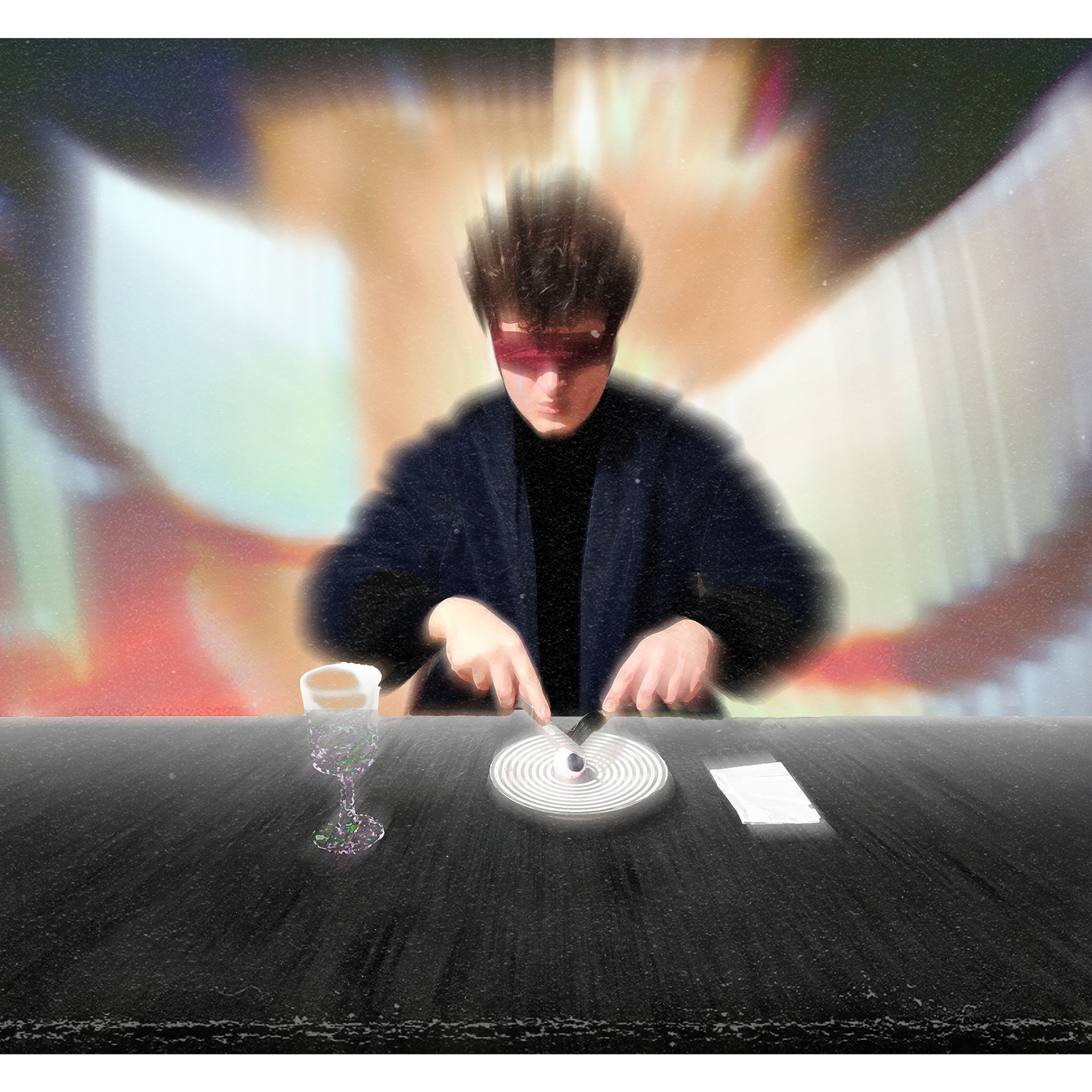
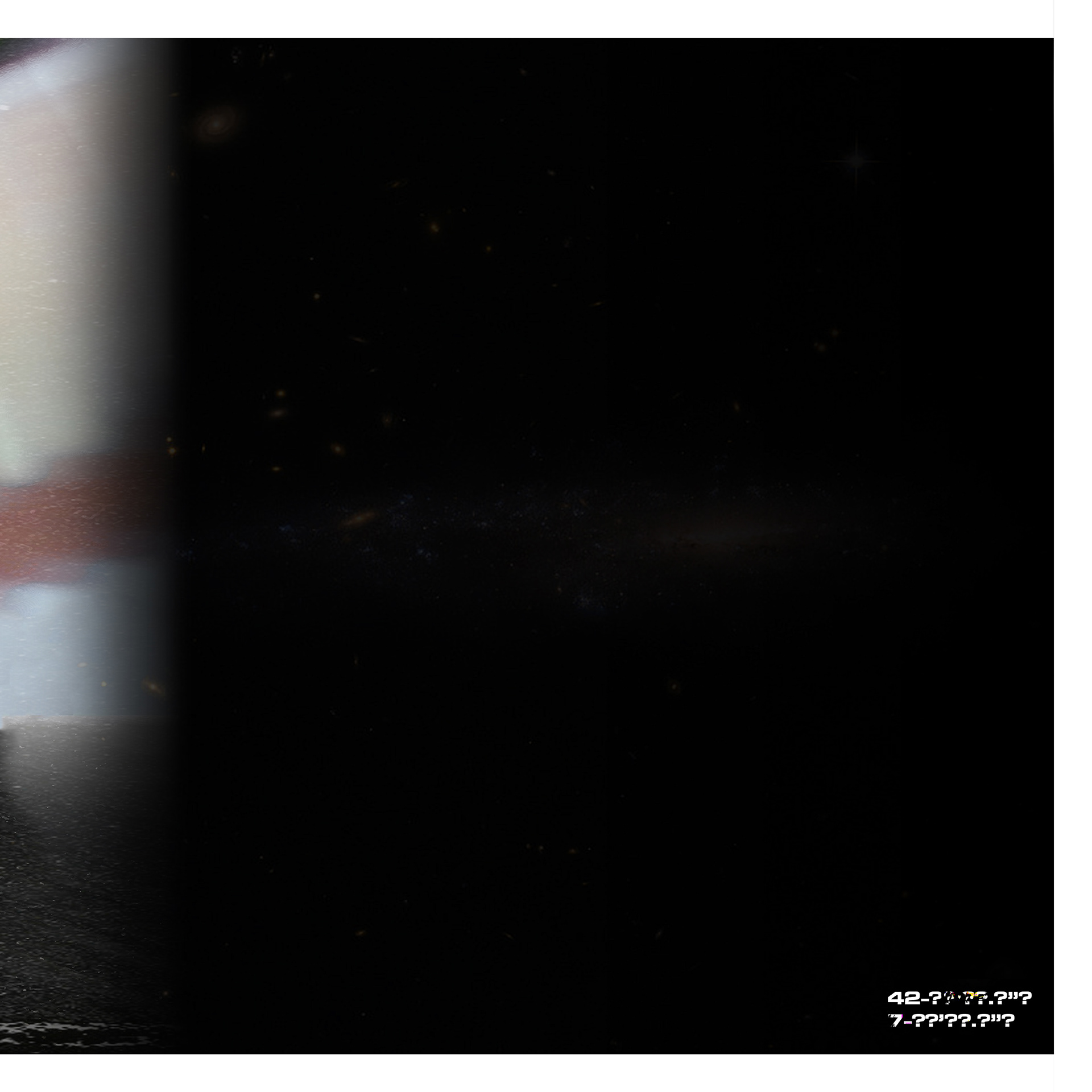
Descadescansando

Chuva de ferro
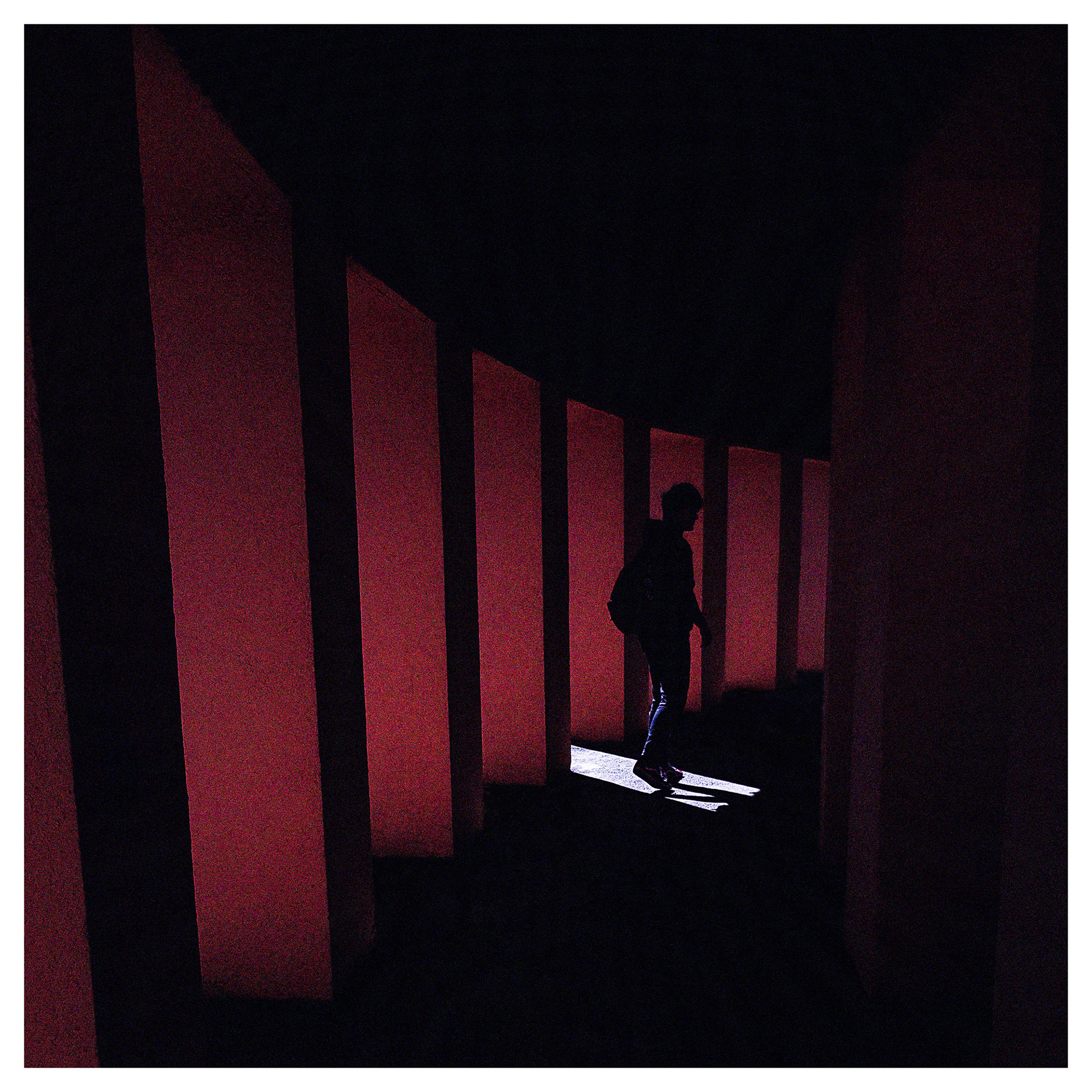
Diritta via
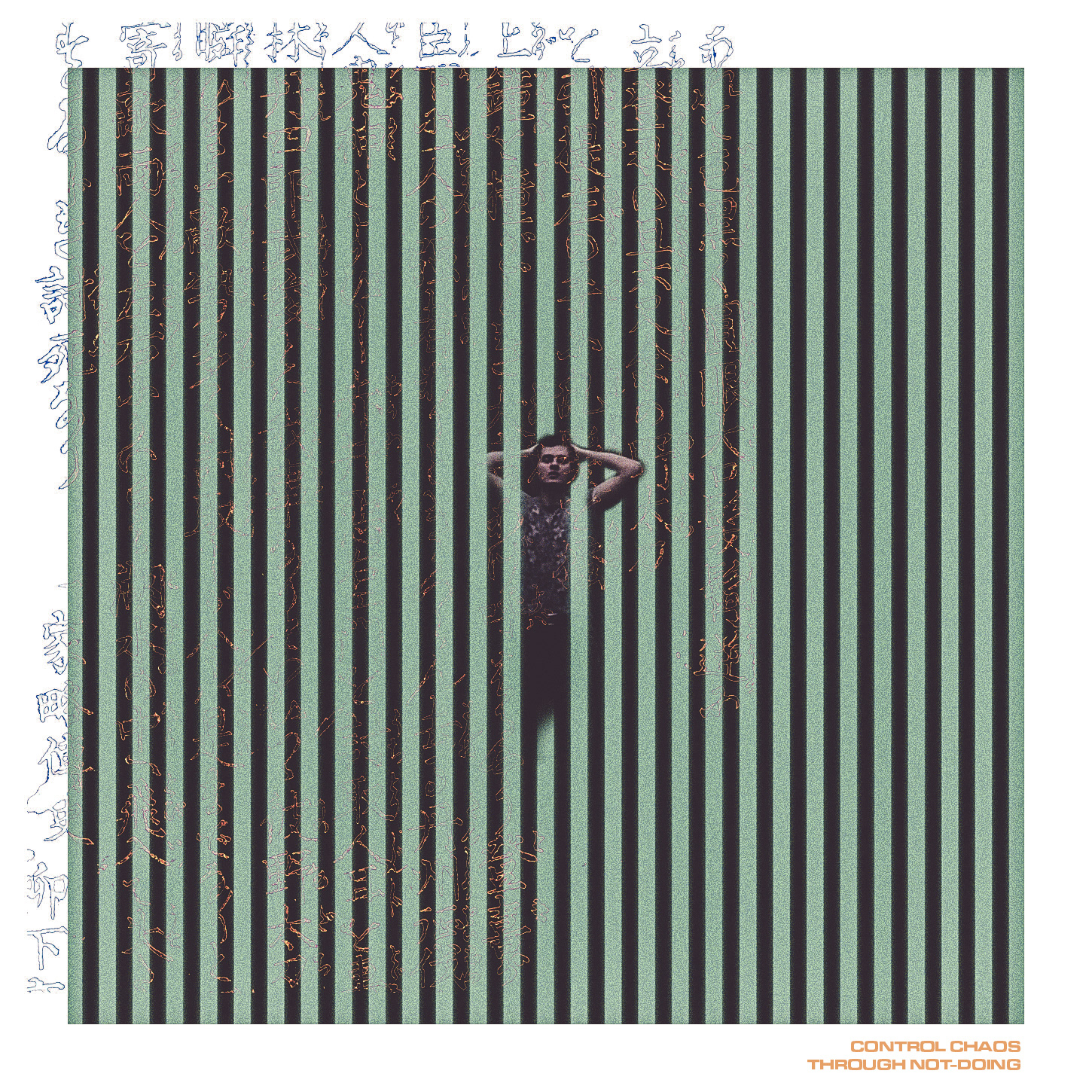
Control chaos through not-doing

Skuszeni
BUY PRINTS OF ANY WORK THROUGH the site's contact form or HMU ON instagram @1ulian
View from Sesc 24 de Maio terrace
Warsaw melting
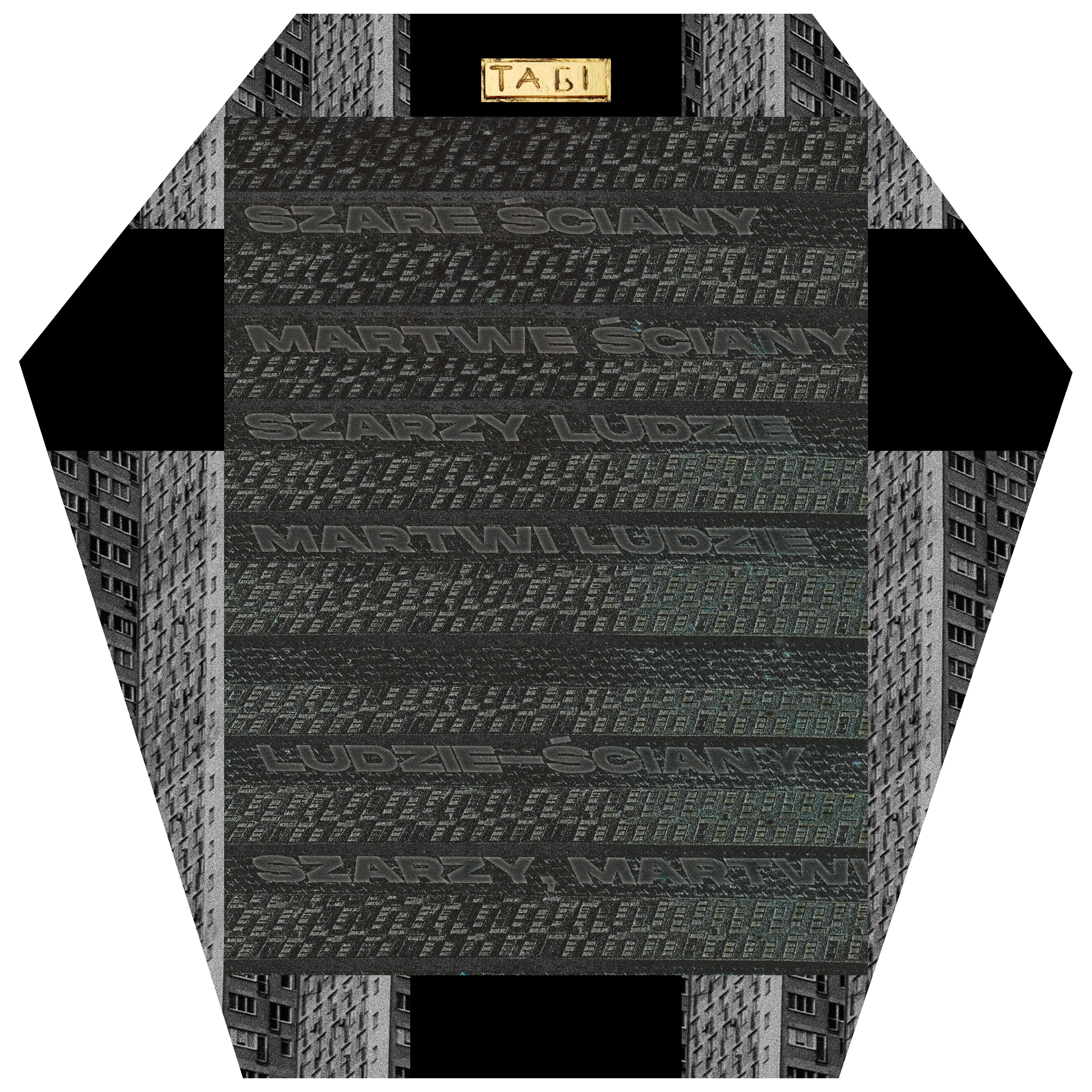
Szare ściany I
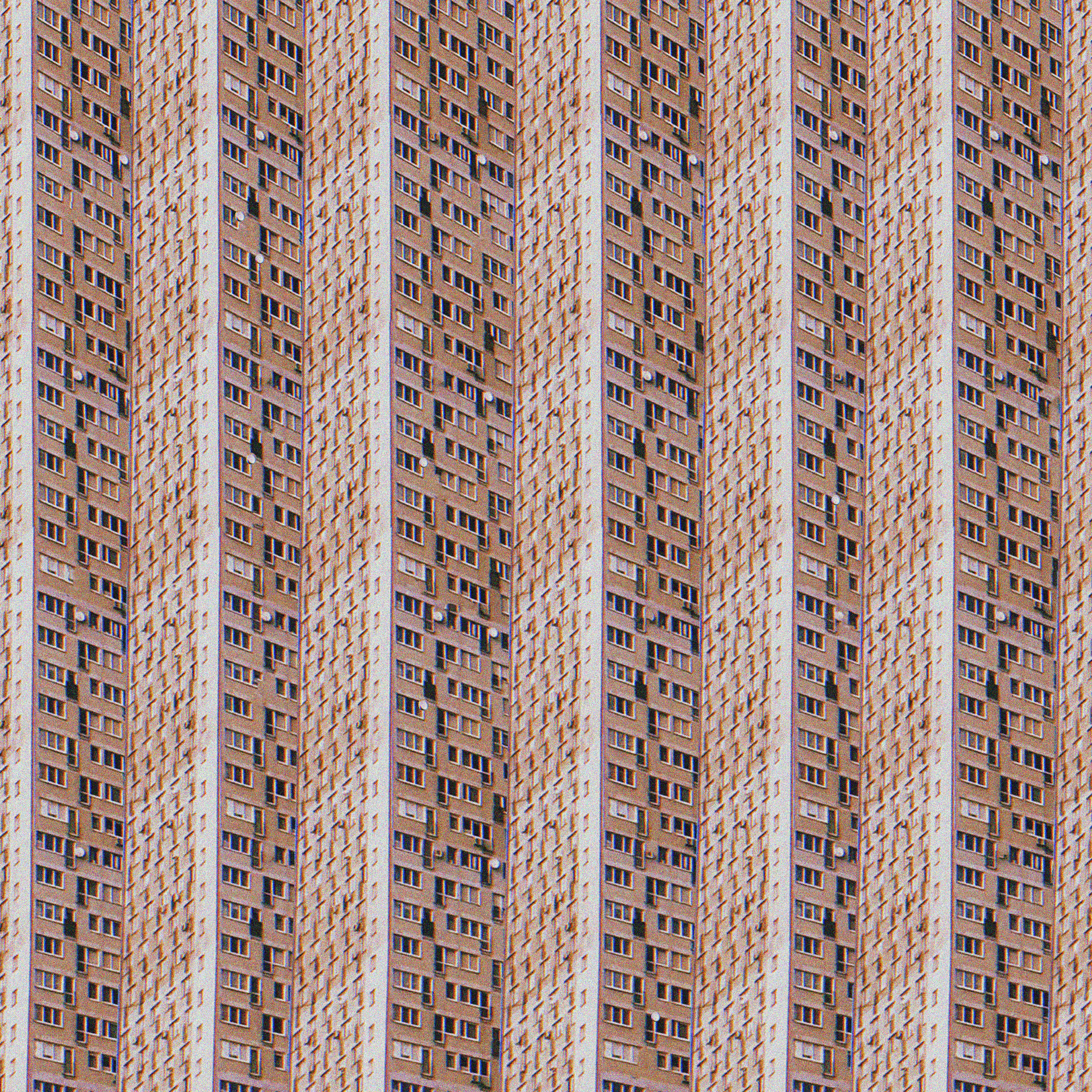
Szare ściany II
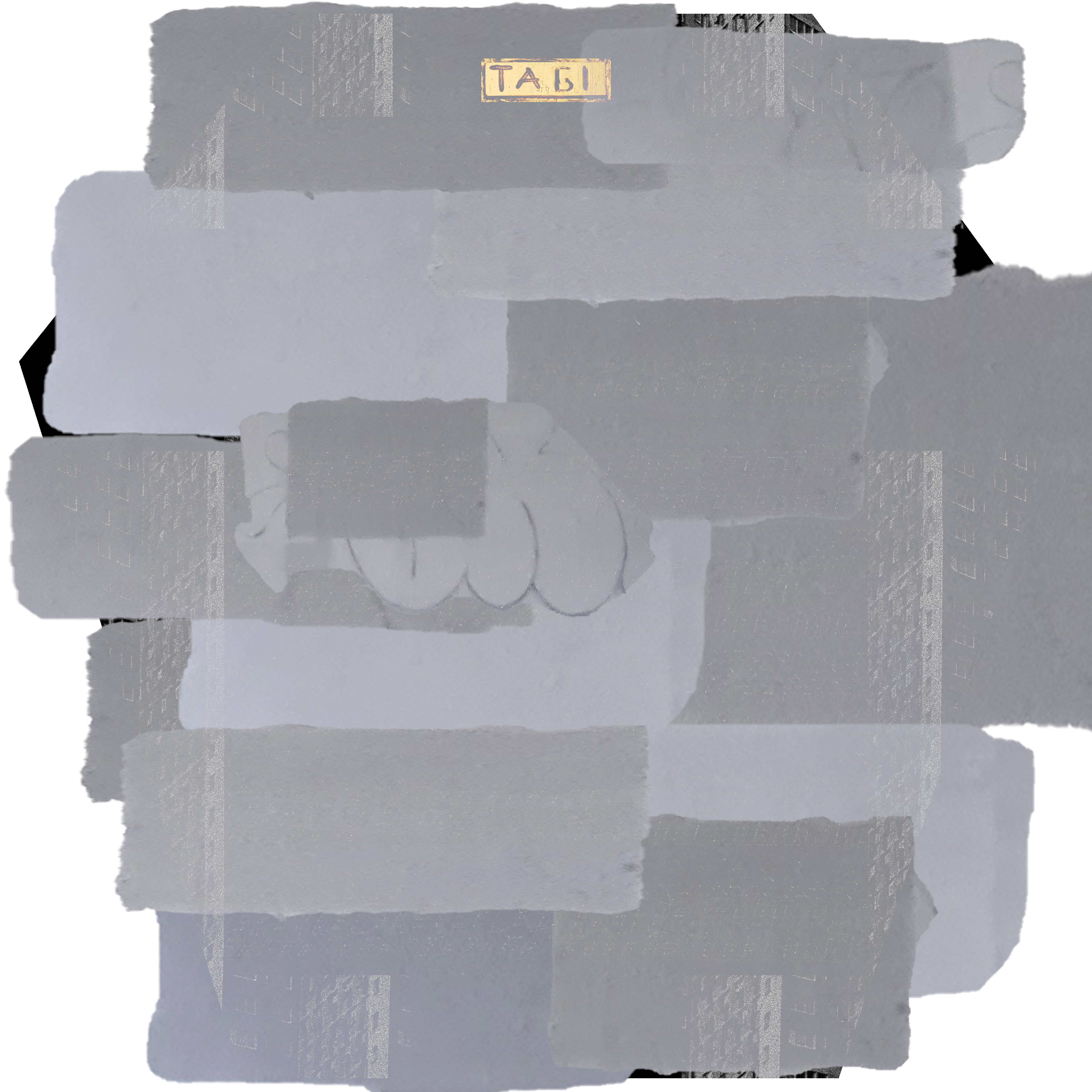
Szare ściany III
Na disputa pela cidade
Szary człowiek (pl. literalmente: o homem cinza) – o homem comum, o homem medíocre que marcha entre as massas da cidade, não destaca, não pensa, se tem pensamentos – não são dele; é o sistema internalizado, uma engrenagem exemplar que perpetua as tarefas que lhe foram atribuídas.
—
Qual é o propósito originário do muro? Permanecer perfeitamente cinzento, ou evidenciar a alma da cidade cujo sangue é tinta? No momento presente, a disputa consiste em diversas batalhas que dão num patchwork grisalho, como se alguém tivesse equipado Mark Rothko com tinta descolorida, símbolo do conflito devastador no seio da vida urbana. Este processo que consiste em: a marcação – o apagamento – e o resurgimento – é a manifestação de uma voz infalível que não pode ser calada. A vontade mórbida de manter as paredes cinzentamente vazias é o reflexo da apatia comum, o afeto social predominante nas cidades onde tudo é de ninguém. Dessa forma, as paredes defuntas são reconfortantes para aqueles que precisam reafirmar o vazio dentro de si.
Por outro lado, aqueles que optam por preservar e propagar essa voz urbana, têm consciência da efemeridade de suas intervenções, condenadas ao apagamento, no entanto, é preciso enxergar a cidade como matéria viva e os muros como portadores da voz do povo. Consequentemente, chegamos no terceiro etapa – no resurgimento – no renascer das cinzas, porque enquanto o coração bate, ele vai continuar bombeando sangue.
Essa quebra do contrato social (redigido e assinado por quem?) conta com pouca compreensão da sociedade. É uma questão de desconforto, de preferir virar a cabeça para não ver a realidade nua e crua. Assim sendo, deparamos com uma onda de popularidade crescente dos condomínios fechados que prometem uma vida serena e feliz dentro de uma enclave. Fortaleza em São Paulo, cidadela na cidade. Só que, paradoxalmente, quanto mais muros construírem, mais espaço haverá para ser pichado, é uma barricada de madeira contra um incêndio.
Estamos presos em uma estrutura duvidosa de valores morais e estéticos que aceitamos por conformidade e preguiça. Deveríamos, todavia, aprender a reconhecer as atividades subversivas, marginais, que fogem do padrão esperado, pois por serem frutas de ter tido consciência e vivência de adversidades, empurram a humanidade para frente. Portanto, o valor artístico, a mensagem – tudo isso não importa, não no contexto de interpretação burguesa. Não toda a expressão precisa ser arte ou comunicar um pensamento nitidamente exposto para ser legítima. Arte é aonde? Está em museus, precisa de reconhecimento institucional e acadêmico, enfim, qual seria o critério? Muitas respostas vagas já foram dadas à essas perguntas, e em vez de aportar algo mais à essa discussão infrutífera, sugiro refletir sobre o contexto desses atos de expressão.
Independentemente da forma e do conteúdo, em muitos casos individuais, a marca no muro deixada por uma pessoa, pode servir de remédio contra o processo de invisibilidade que afeta a milhões de pessoas, seja por baixa renda, preconceito racial ou qualquer outro problema que estraga a sociedade. Acredito que há diversos motivos por trás da pichação, que, no entanto, nunca deixam o campo de protesto, devido ao seu caráter transgressor. Dentro do sistema no qual quem pode falar é quem usufrui de recursos e privilégios, haverá também a necessidade de disputa e da criação de um contra-patrimônio que questiona as limites da propriedade, tão venerada e consagrada no capitalismo. É uma luta existencial e desigual, mas o muro e o seu império são vulneráveis, alimentam-se da discórdia e caem, como o de Berlim, se fizermos o esforço de querer nos abrir para o outro.
Não estamos habituados a enxergar a beleza em lugares inesperados. Um dos registros que confirma essa afirmação é o famoso experimento social Stop and Hear the Music, no qual Joshua Bell, um dos melhores violinistas do mundo que normalmente lota teatros mais famosos do mundo inteiro, tocou um dificílimo repertório no seu instrumento de milhões de dólares numa estação de metrô em Nova Iorque. Durante 45 minutos quase ninguém parou, e o músico arrecadou 32 dólares.
A aprovação baseia-se no lucro potencial que você pode gerar, e um exemplo paralelo no âmbito de pichação e grafite é a figura do Banksy. Se for um Zé Ninguém é crime, se for Banksy, o proprietário estará esboçando um sorriso gigante enquanto conta o dinheiro, depois de, obviamente, ter elogiado à arte tão revolucionária, bela e instigante. Agora, quantos Banksys estão presos? Invisíveis? O absurdo palpável é a exposição The Art of Banksy que é uma mostra de street art gourmetizado, aliás, o street transformado num espaço elitizado e seguro das paredes de museus.
Por conseguinte, todos os afetos também têm seus lugares designados, e assim fragmentamos a cidade. O funcionamento da vida social limita-se a interações programadas: aceito ver beleza em museus, aceito me abrir para outro na igreja, aceito dançar na balada, e na rua... A rua é um vácuo, um espaço indefinido, indesejado, sempre passageiro e nunca alvo, enquanto deveria ser enxergada como uma exposição em constante vernissage, o lugar mais fundamental de qualquer troca, a pista mais igualitária que pode haver... Trata-se de procurar um olhar diferente, de deixar de andar blindado para poder enxergar de novo, reinterpretar a parede, o muro, como um ligamento, não uma divisória – destruição, sim – mas meramente conceitual.
—
portret trumienny – retrato de caixão, um retrato da pessoa falecida, colocado nos caixões para o funeral, frequentemente pintado no formato hexagonal era um dos elementos necessários para garantir um enterro pomposo e triunfante
In contention for the city
Szary człowiek (pl. literally: gray man) - the common man, the mediocre man who marches among the masses of the city, does not stand out, does not think, if he has thoughts - they are not his; he is the internalized system, an exemplary cog that perpetuates the tasks assigned to him.
—
What is the original purpose of the wall? To remain perfectly gray, or to highlight the soul of the city which blood is paint? At the present moment, the dispute consists of several battles that result in a gray patchwork, as if someone had equipped Mark Rothko with discolored paint, a symbol of the devastating conflict within urban life. This process that consists of: the marking - the erasure - and the resurgence - is the manifestation of an unerring voice that cannot be silenced. The morbid will to keep the walls ashenly empty is a reflection of the common apathy, the prevailing social affection in cities where everything belongs to nobody. In this way, the defunct walls are comforting to those who need to reaffirm the emptiness within themselves.
On the other hand, those who choose to preserve and propagate this urban voice are aware of the ephemerality of their interventions, condemned to obliteration, however, it is necessary to see the city as living matter and the walls as carriers of the people's voice. Consequently, we reach the third stage - in the resurgence - in the rebirth from the ashes, because as long as the heart is beating, it will continue to pump blood.
This breaking of the social contract (written and signed by whom?) has little understanding in society. It is a matter of discomfort, of preferring to turn one's head in order not to see the naked reality. Therefore, we are faced with a wave of increasing popularity of gated communities that promise a serene and happy life inside an enclave. Fortaleza in São Paulo, citadel in the city. Except that, paradoxically, the more walls they build, the more space there is to be graffitied, it's a wooden barricade against a fire.
We are trapped in a dubious structure of moral and aesthetic values that we accept out of conformity and laziness. We should, however, learn to recognize subversive, marginal activities, which escape from the expected pattern, for being the fruit of having had awareness and experience of adversities, they push humanity forward. Therefore, the artistic value, the message - all this does not matter, not in the context of bourgeois interpretation. Not every expression needs to be art or communicate a clearly exposed thought to be legitimate. Where is art? Is it in museums, does it need institutional and academic recognition, in short, what would be the criteria? Many vague answers have already been given to these questions, and instead of adding something more to this fruitless discussion, I suggest reflecting on the context of these acts of expression.
Regardless of the form and content, in many individual cases, the mark on the wall left by one person can serve as a remedy against the process of invisibility that affects millions of people, whether due to low income, racial prejudice, or any other problem that plagues our society. I believe that there are several motives behind graffiti, which, however, never leave the field of protest, due to its transgressive character. Within the system in which those who can speak are the ones who enjoy resources and privileges, there will also be the need for dispute and the creation of a counter-patrimony that questions the limits of property, so venerated and consecrated in capitalism. It is an existential and unequal struggle, but the wall and its empire are vulnerable, they feed on discord and then they fall, like the Berlin Wall, if we make the effort to want to open ourselves to each other.
We are not used to seeing beauty in unexpected places. One of the records that confirms this statement is the famous Stop and Hear the Music social experiment, in which Joshua Bell, one of the best violinists in the world who usually fills the most famous theaters all over the world, played a very difficult repertoire on his million-dollar instrument in a subway station in New York. For 45 minutes almost nobody stopped, and the musician raised $32.
Approval is based on the potential profit you can generate, and a parallel example in the realm of graffiti and graffiti is Banksy. If it's a nobody it's a crime, if it's Banksy, the owner will be grinning from ear to ear as he counts the money, after obviously praising such revolutionary, beautiful and thought-provoking art. Now, how many Banksys are in jail? Invisible? The palpable absurdity is the exhibition The Art of Banksy which is a gourmetized street art show, indeed, the street turned into an elitized and safe space of museum walls.
Consequently, all affections also have their designated places, and thus we fragment the city. The functioning of social life is limited to programmed interactions: I accept to see beauty in museums, I accept to open myself to another in church, I accept to dance in the club, and on the street... The street is a vacuum, an undefined, unwanted space, always a place of passing and never a destination in itself, while it should be seen as an exhibition in constant vernissage, the most fundamental place of any exchange, the most egalitarian dance floor there can be... It is about seeking a different look, to stop walking armored in order to see again, to reinterpret the wall, the wall, as a ligament, not a partition - destruction, yes - but merely conceptual.
—
portret trumienny - coffin portrait, a portrait of the deceased person, placed in the coffins for the funeral, often painted in hexagonal shape was one of the necessary elements to ensure a pompous and triumphant burial for the aristocracy
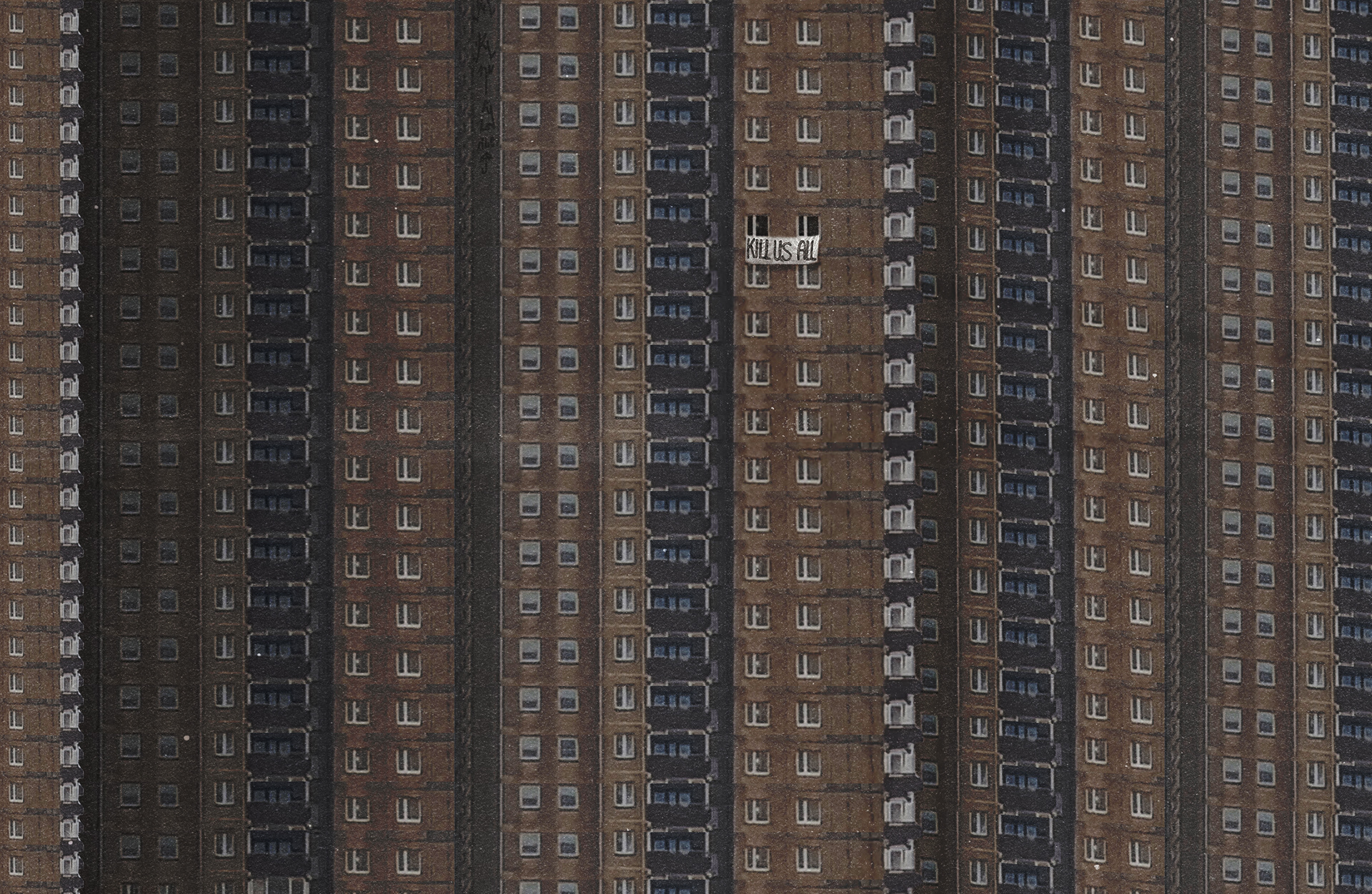
Boulder breakers
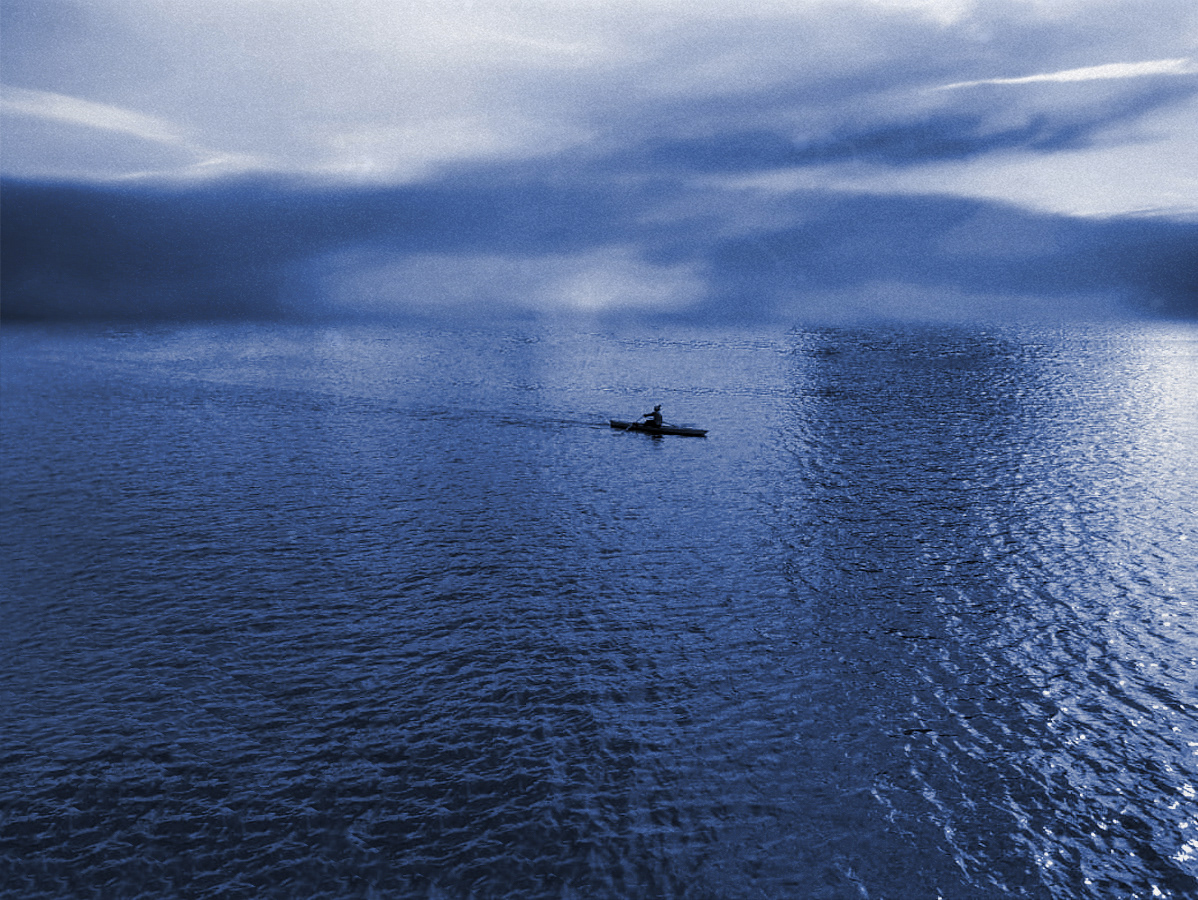
Space travelers
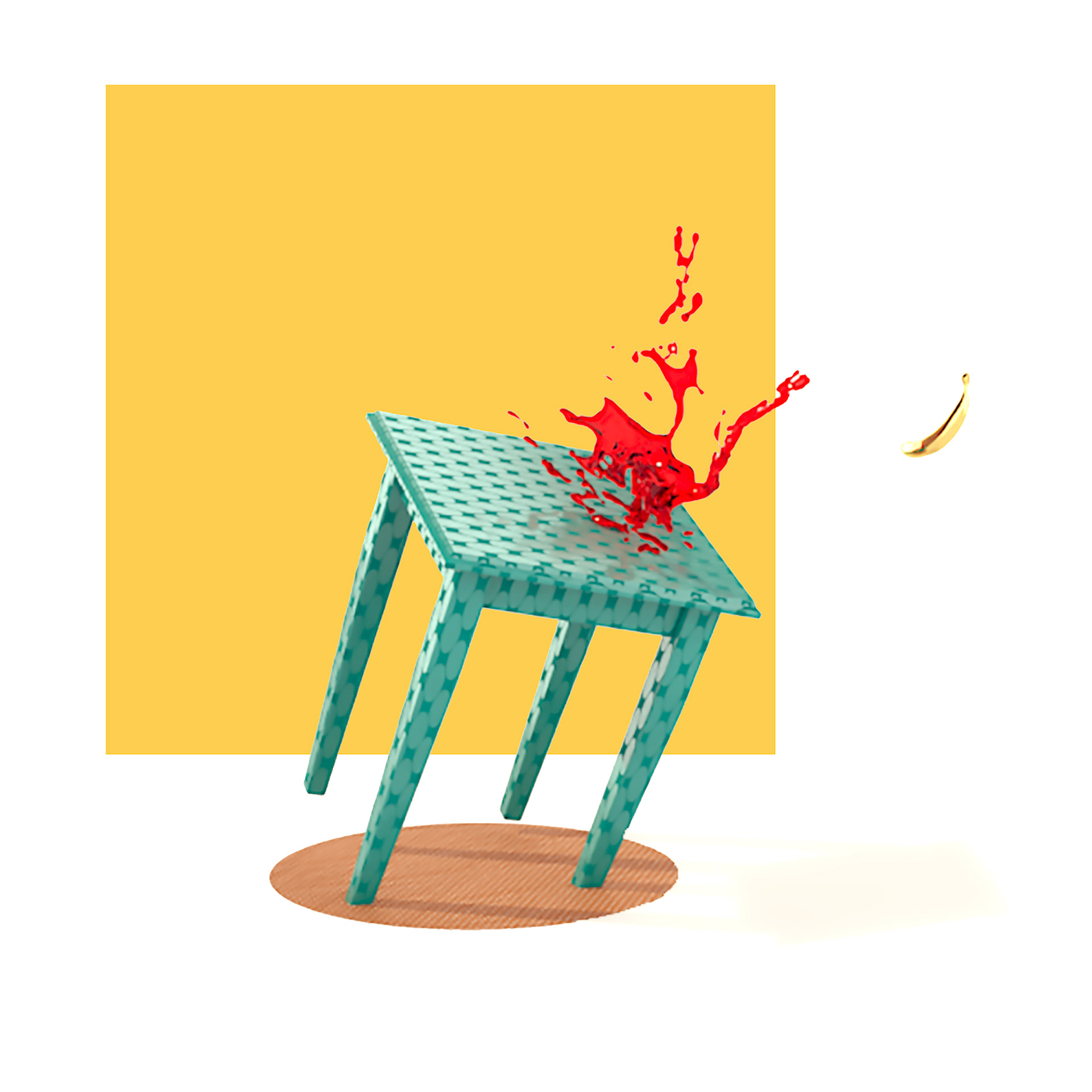
The Death of a Plastic Table
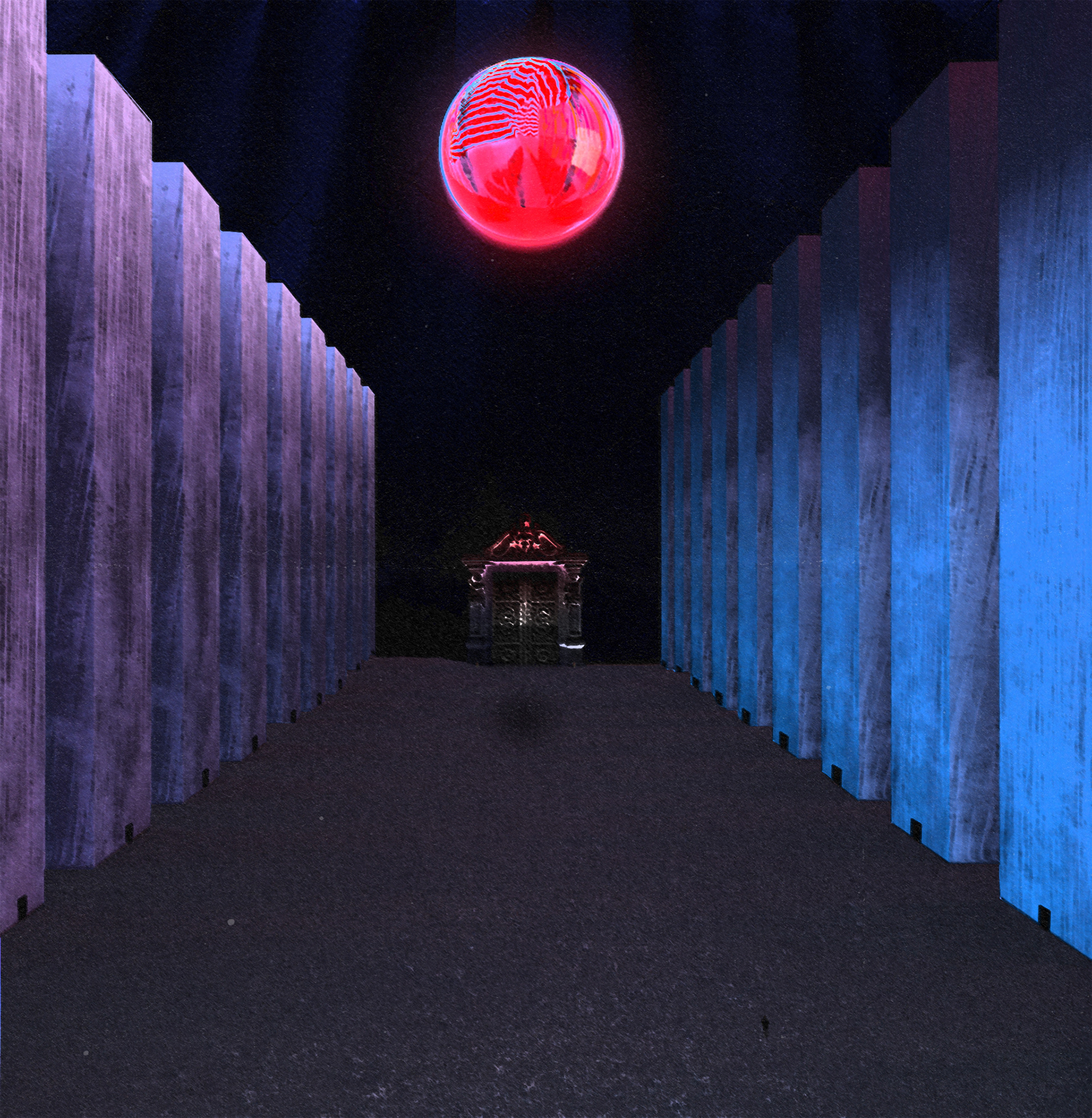
It is possible, but not now

Expedition 1979-2020
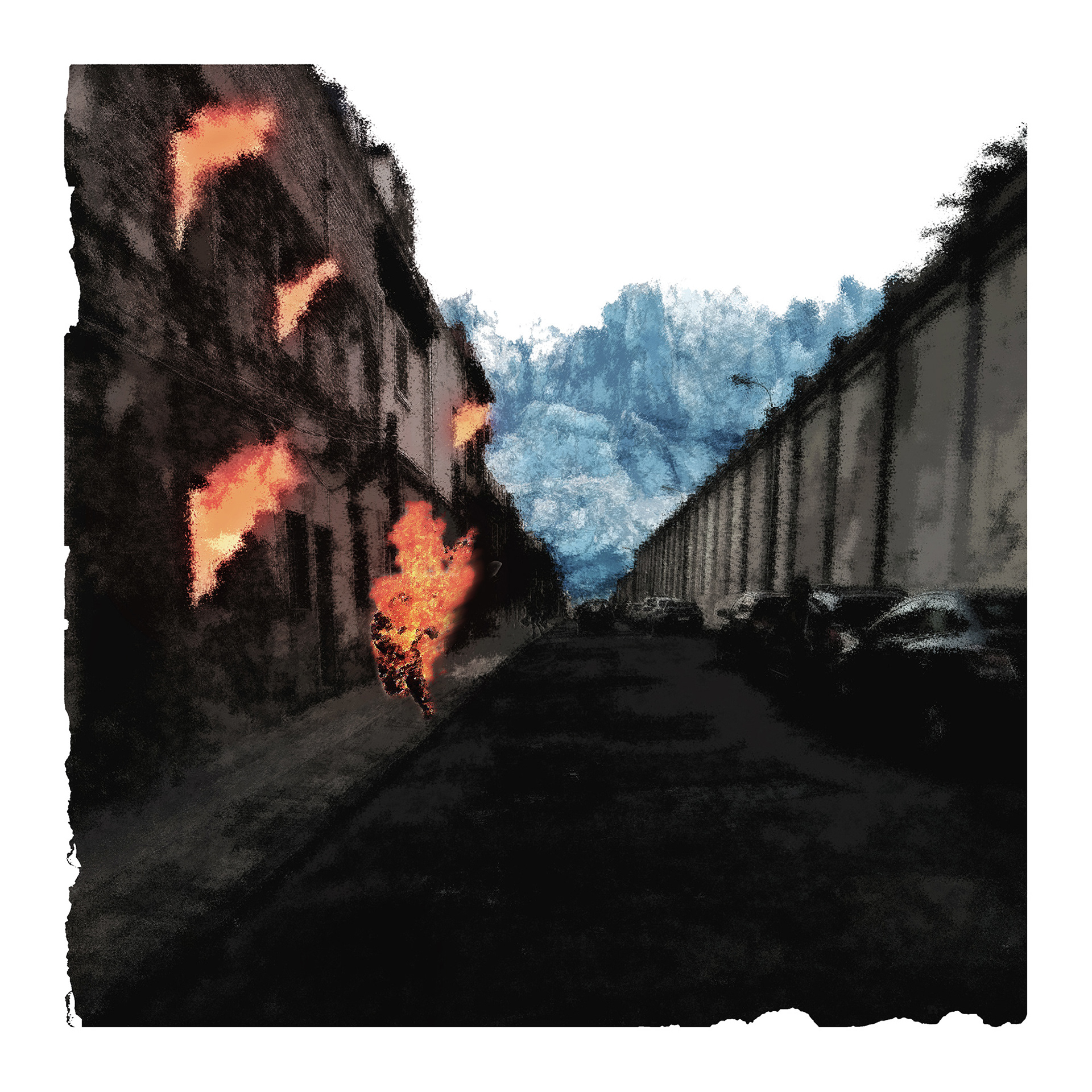
Prometheus
El frenesí
vigilante
Warsaw night Paranoia
Beyond
Zegar słoneczny
